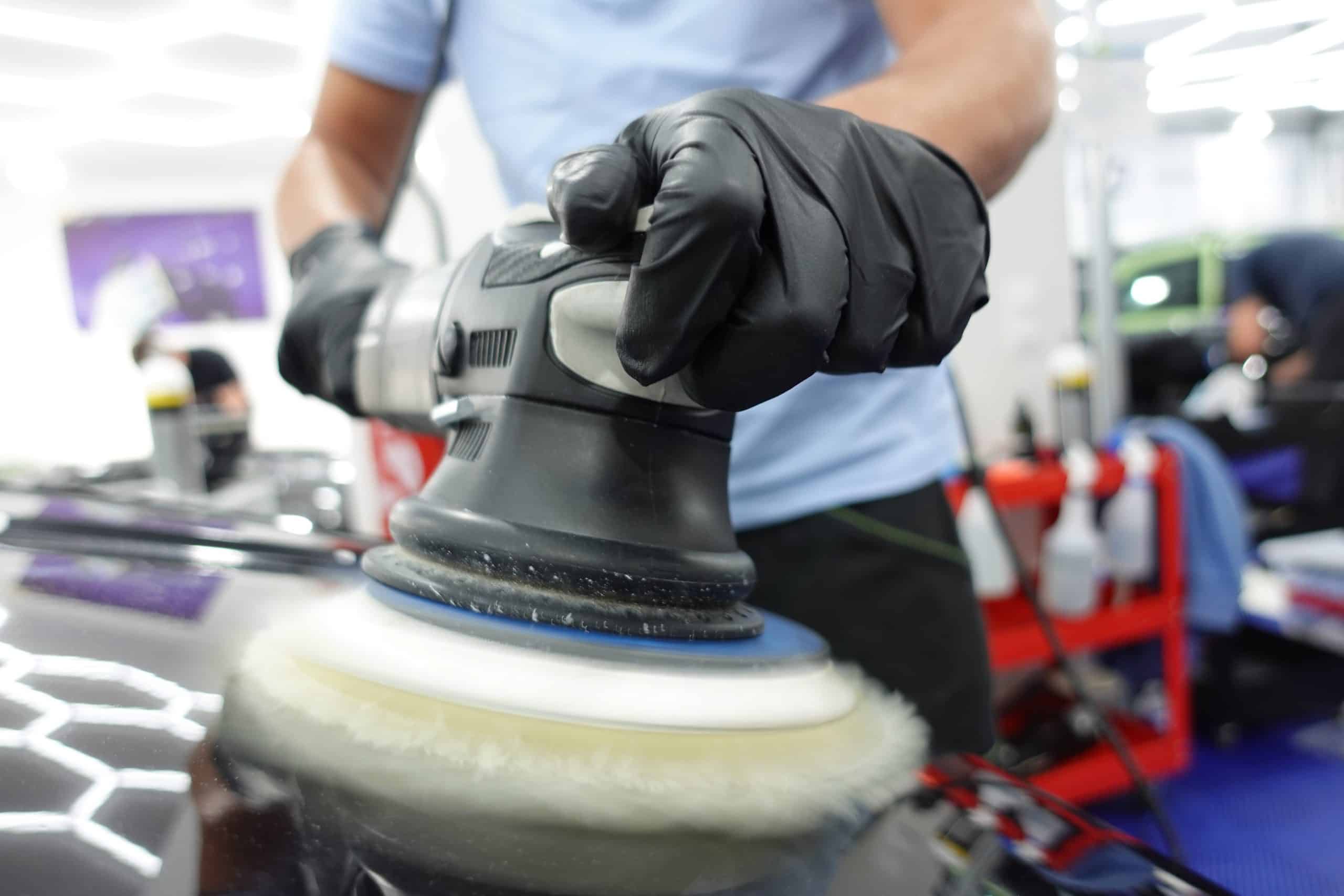Inside Out: Extensive Automotive Polishing Techniques

Car detailing is not just a superficial clean; it's a craft that rejuvenates and protects your car, ensuring it looks and feels brand new. Whether you're an automotive aficionado or just a person who wants to preserve their investment, understanding the ins and outs of auto detailing can make all the difference. This guide will take you through comprehensive techniques and key advice that will elevate your auto detailing game, helping you attain that sparkling finish with simplicity.
A lot of individuals often ask why routine auto detailing is important. Beyond the aesthetic advantages, consistent detailing can extend the lifespan of your vehicle and enhance your overall ride. In this ultimate guide, you will learn about important differences such as interior versus exterior detailing, professional advice on how frequently to detail your car, and frequent errors to avoid. Join us as we explore the science and skills behind keeping your vehicle in excellent shape, guaranteeing both its aesthetic appeal and performance are maintained for the long term.
Comprehending Auto Detailing: Importance and Regularity
Auto detailing is a crucial aspect of vehicle maintenance that reaches far beyond a mere wash and wax. It includes a thorough cleaning and reconditioning of both the interior and exterior of the vehicle, helping to maintain its appearance and value. Routine detailing not only improves the look of your car but also protects its surfaces from harm, such as UV rays, grime, and contaminants. By committing in regular detailing, car owners significantly enhance their driving experience while also ensuring their vehicle remains in peak condition.
The frequency of auto detailing can fluctuate based on several factors, including driving habits, weather conditions, and the vehicle's age. Specialists generally advise detailing your car at least twice a year for maximum maintenance. However, owners who frequently drive in severe conditions, such as heavy rain or extreme temperatures, may discover that detailing every three to four months is more suitable. Keeping a steady detailing schedule can help prevent more severe damage and keep your car seeming its best.

Understanding the multiple aspects of auto detailing is crucial for ascertaining what your vehicle needs and how often it should be serviced. https://adaptable-yucca-nq7k8c.mystrikingly.com/blog/revive-the-automobile-the-art-of-auto-care focuses on sanitizing and disinfecting surfaces like seats, carpets, and dashboards, while exterior detailing consists of washing, waxing, and polishing the vehicle's body. Understanding when to emphasize each type of detailing service will make sure your car not only has a nice appearance but stays healthy and functional over time.
Methods for Efficient Indoor and Exterior Care
To secure a comprehensive interior cleaning, start by removing all personal belongings and any floor mats. Use a vacuum with various attachments to access beneath seats, between cracks, and in additional difficult-to-access areas. Pay particular attention to cleaning the instrument panel, doors, and console, where dust and grime can accumulate. Use microfiber cloths to clean surfaces with a appropriate cleaner, making sure not to leave marks or residue behind. For fabric, utilize suitable cleaners and brushes to gently lift spots, followed by removing moisture to stop mildew.
Exterior detailing should begin with a proper wash to get rid of dirt, grime, and pollutants from the surface. Use a dual-bucket method to minimize the risk of scratching; one bucket for detergent water and another for rinsing. After washing, clay treatment can be used to remove embedded debris, resulting in the paint smooth. Once View website is cleansed, think about applying a wax or ceramic coating for long-lasting protection and shine. This step not only enhances aesthetics but also acts as a barrier against UV rays, contaminants, and surrounding pollutants.
Finally, regular maintenance is crucial for both indoor and exterior care. Schedule detailing sessions based on your vehicle’s usage, environment, and weather conditions. During seasonal changes, adapt your care techniques to address specific challenges, like pollen in spring or road salt in winter. Using quality products specifically designed for automotive care will yield better results and preserve your vehicle's condition in the long run, proving that regularity and quality are crucial to successful auto detailing.
Common Errors and Best Methods in Auto Detailing
One of the frequent errors in auto detailing is using the inappropriate cleaning products or methods. Many car owners ignore the significance of using pH-balanced shampoos and microfiber cloths. Applying harsh detergents can remove protective wax or ceramic coating s, resulting in dull paint. To prevent this issue, consistently choose products specifically designed for automotive use and follow the manufacturer’s instructions for the optimal results.
Another common error is overlooking the intricate areas of the car, such as grills, wheel wells, and seams. A thorough detail should not just focus on the outward surfaces; these concealed areas can accumulate dirt and grime, which may lead to corrosion over time. Make it a habit to use smaller brushes and detailing tools to get to these spots, ensuring every nook and cranny is taken care of. This attention to detail can significantly enhance the overall appearance and longevity of the vehicle.
Lastly, many people disregard the significance of proper drying techniques after washing their cars. Employing the incorrect materials or methods can cause swirl marks on the paint. It's recommended to use soft, absorbent microfiber towels and dry the car in soft, straight motions, not using circular patterns. Additionally, think about using a quality quick detailer spray to enhance shine while drying and provide an additional layer of protection. Following these best practices will not just help in preventing common pitfalls but also ensure a superior detail every time.
